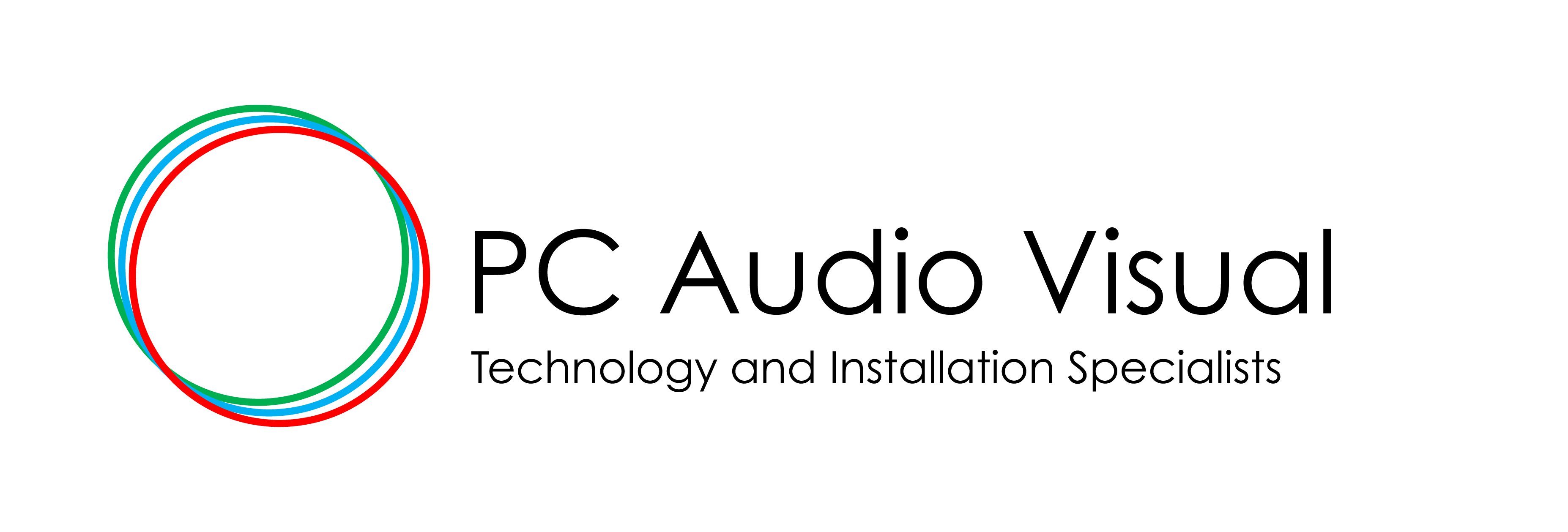Sound Masking
PC Audio Visual Sound Masking
Reduce the effect of background noise in your work environment
In the modern workplace, it is often hard to get work done if the background noise is getting in the way.
Sound Masking is a modern solution to this challenge. In simple terms we introduce a background noise that masks the other sound around you, so you can get on with what you want without the interruption of those around you.
It also adds privacy for meeting areas and other key areas.
Cambridge Audio are leaders in the field and offer products to fit your work environment to make it more pleasant and productive, for an obligation free quote please call PC Audio Visual on 1300 849 735.
Traditional Sound Masking System
Traditional sound masking systems, known as “in-plenum,” use large paint can-like loudspeakers installed above the ceiling tiles. These loudspeakers are faced upwards towards the ceiling deck, forcing the sound to bounce off the ceiling deck, through the ceiling material and then indirectly into the workspace below.
The sound from these systems can be unpredictable and create “hot” and “cold” spots. The masking sound can easily overflow into undesired spaces. In-plenum systems require significant design because there are many unknowns above the ceiling. If no ceiling exists, there is no plenum for traditional systems to operate within, significantly impacting performance.
Additionally, these systems require significantly more power to operate than a Qt system. These types of systems still exist today. Also, installing and tuning these systems is invasive, time-consuming, and rarely done correctly.

Qt Quiet Technology Sound Masking System
With the direct field approach to sound masking, the QtPro system uniformly disperses the masking sound into the space and eliminates masking sound overflow into undesired areas. The pre-tuned masking sound is emitted through four sequenced channels that eliminate acoustic interference.
Additionally, our QtPro systems deliver more energy in the octave bands that are related to speech, resulting in a more energy-efficient system that successfully masks speech at lower volume levels.

